Visit MTB chainrings are certainly one of the most complicated parts to replace when you want to mount something other than what the manufacturer intended. Let's try to lay the foundations for choosing this part without making any mistakes.
Standard parts
- Number of speeds: 9, 10, 11 or 12
- Mounting diameter
- Type of chainring: indexed or single-plate
- Toothing
- Mounting standard
Tray standards and types
All components of a mountain bike drivetrain are designed to operate under gear standardSo you can't combine a 9-speed chainring with a 10-speed transmission, for example. Today, most MOUNTAIN BIKES are 11 or 12 speeds, but you can still easily find a 10-speed or, more rarely, a 9-speed.
The mounting diameter of a platter, also called BCD*, is the diameter of the circle that could be drawn through the axis of the platter screws. To measure it, on a mountain bike crankset 4-spoke crankset, you can measure the distance axis-axis* between 2 mounting holes facing each other; for a 5-leg, measure the distance between 2 consecutive mounting holes, then refer to the diagram.

| A (mm) | B (mm) |
| 58 | 34,1 |
| 64 | 45,3 |
| 74 | 43,5 |
| 88 | 62,2 |
| 92 | 53,3 |
| 94 | 55,3 |
| 96 | - |
| 102 | - |
| 104 | - |
| 110 | 64,7 |
| 120 | - |
| 130 | 76,4 |
| 135 | 79,4 |
| 144 | 84,6 |
There are 2 tray typesindexed trays a for gear shifting and therefore designed for a crankset with 2 or 3 chainrings, or those with no indexing at all. b and therefore designed for a single chainring assembly only.
REMINDER: indexing is different for each manufacturer, so all chainrings on a crankset must be at least the same brand.
Visit toothing works in the opposite way to that of cassettes: the fewer teeth the chainring has, the lower the effort required.
Finally, the most problematic point of all: the mounting standard. Today's cranksets are increasingly optimized, with specific assemblies between chainrings and cranksets (such as the standard Directmount standard direct mount). Even if the diameter of the attachment is often standardized, the position and/or method of attaching the chainring may differ. It's important to identify the specifics when fitting or adapting a new platter.
Which chainring for my crankset?
When you want to replace a chainring, you don't necessarily have a choice: the simplest and most reliable solution is generally to use the chainring of the brand of crankset you have and specific to the model you have.
If, however, you opt for an adaptable chainring, you should be aware that you can find chainrings with special technologies to improve shifting reliability. In the case of a single chainring, many brands now offer models with tooth machining such as Narrow Wide* which literally holds the chain to the crankset, allowing you to do without a chain guide most of the time.
Découvrez tous nos conseils & Tutoriels
MTB - Chainrings
-
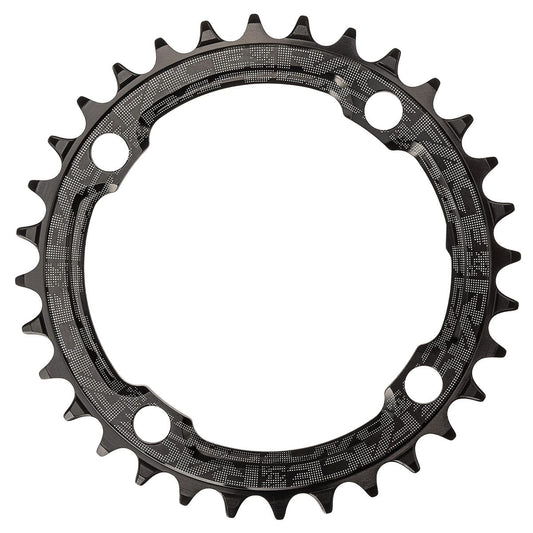
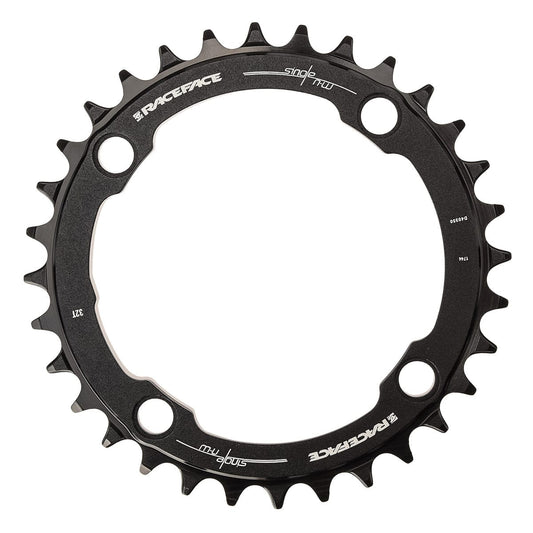
Chainring Mono RACE FACE NARROW WIDE 9/10/11/12 Speed 4 Holes 104mm Black
Regular price 42,99 €Regular priceUnit price per -
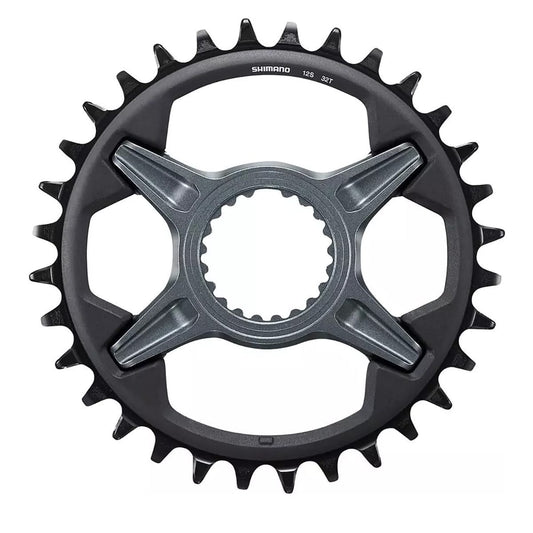
Chainring Mono SHIMANO SLX M7100 12 Speed Direct Mount
Regular price 34,99 €Regular priceUnit price per -
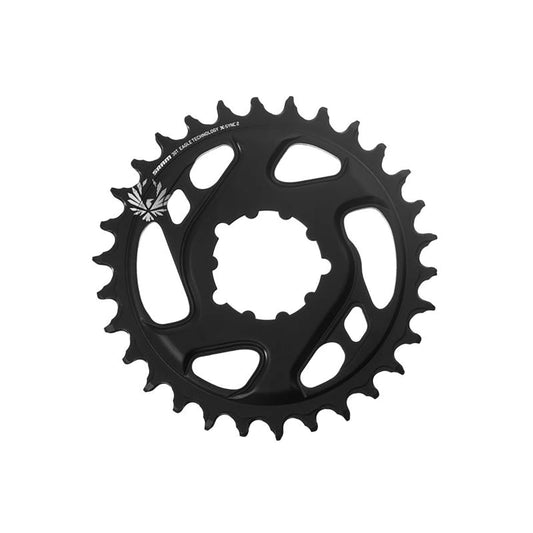
Chainring Mono SRAM EAGLE X-SYNC 2 BOOST 11/12 Speed Direct Mount Offset 3mm Alu Black
Regular price 31,99 €Regular priceUnit price per -
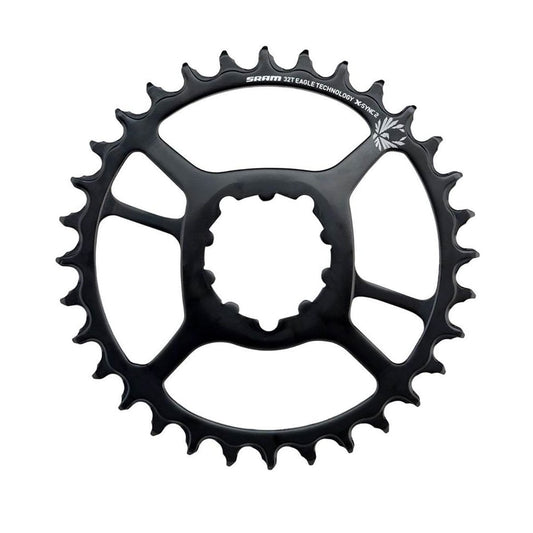
Chainring Mono SRAM EAGLE X-SYNC 2 BOOST 11/12 Speed Direct Mount Offset 3mm Steel Black
Regular price From 15,99 €Regular priceUnit price per -
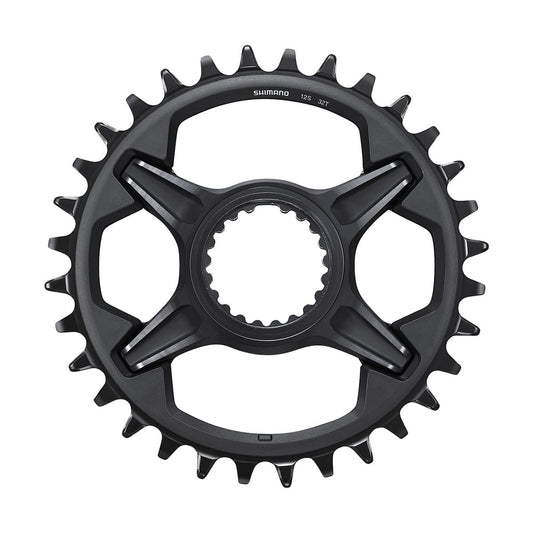
Chainring Mono SHIMANO XT M8100 12 Speed Direct Mount
Regular price 59,99 €Regular priceUnit price per -
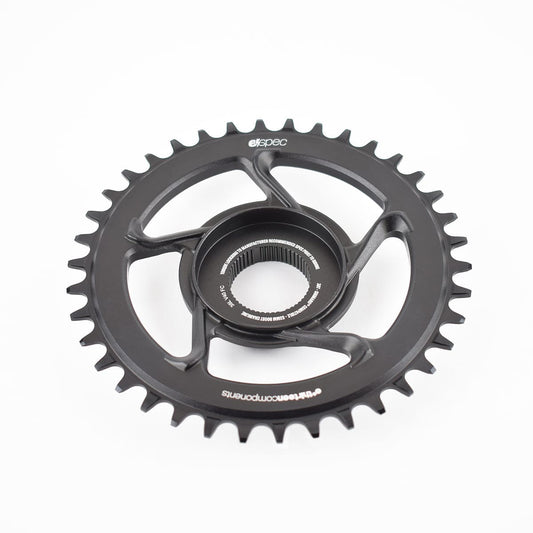
Chainring Mono E-THIRTEEN E-SPEC 11/12 Speed Direct Mount Shimano E8000
Regular price 64,99 €Regular priceUnit price per -
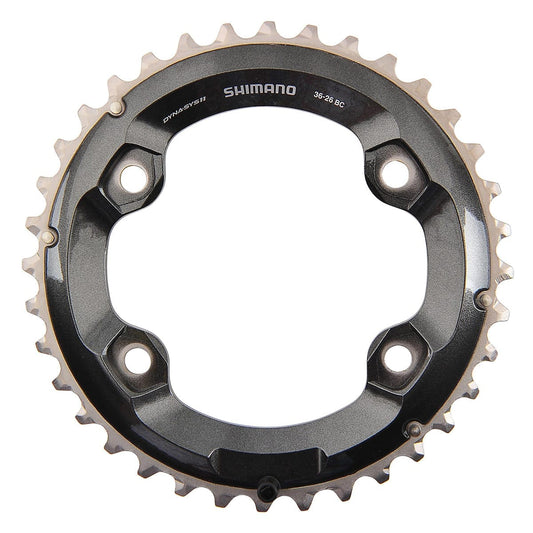
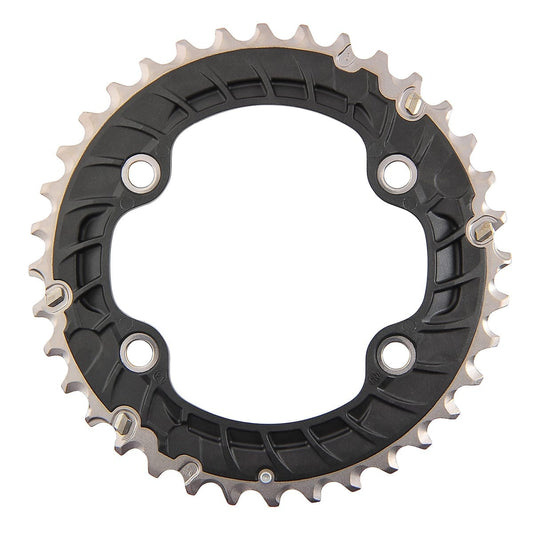
Chainring Exterior SHIMANO XT M8000 11 Speed Double 4 Hole 96mm
Regular price From 49,99 €Regular priceUnit price per -
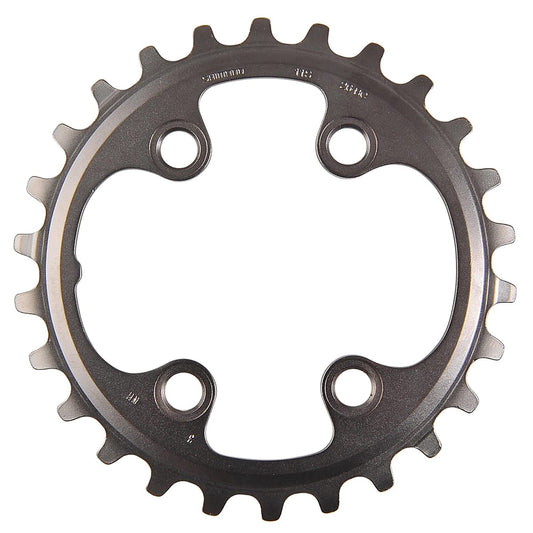
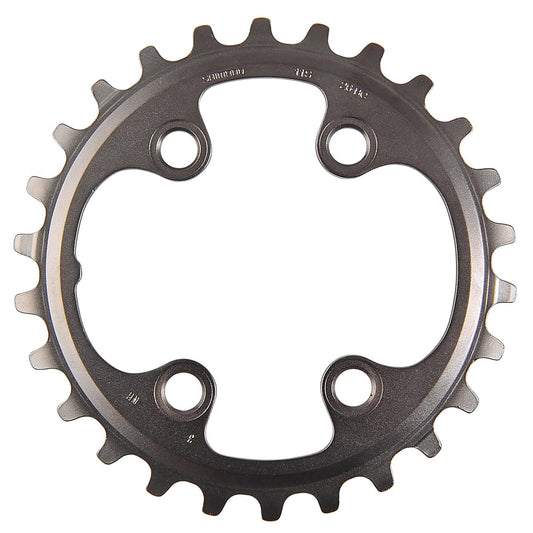
Chainring SHIMANO XT M8000 interior 11 Speed Double 4 Hole 64mm
Regular price 26,99 €Regular priceUnit price per











